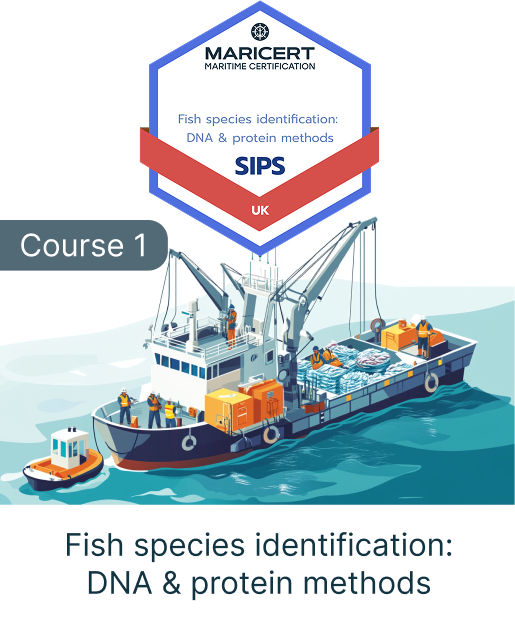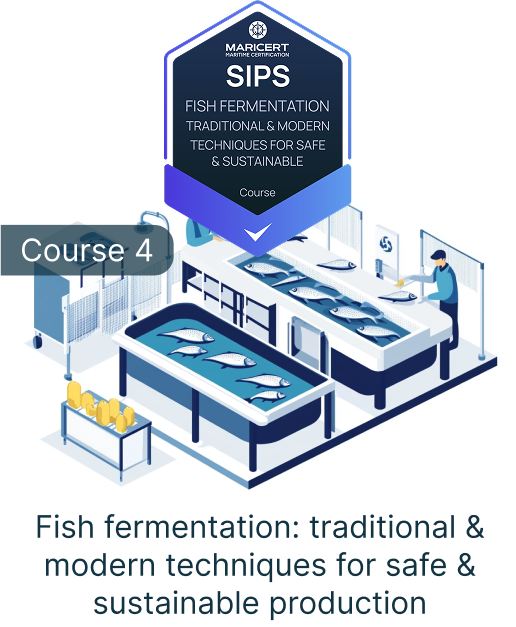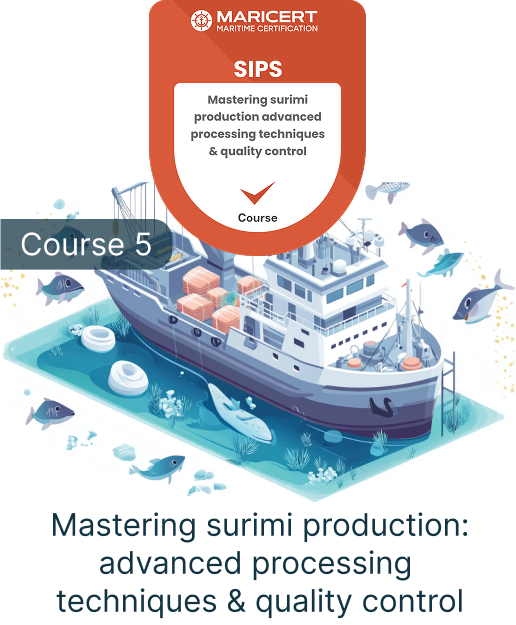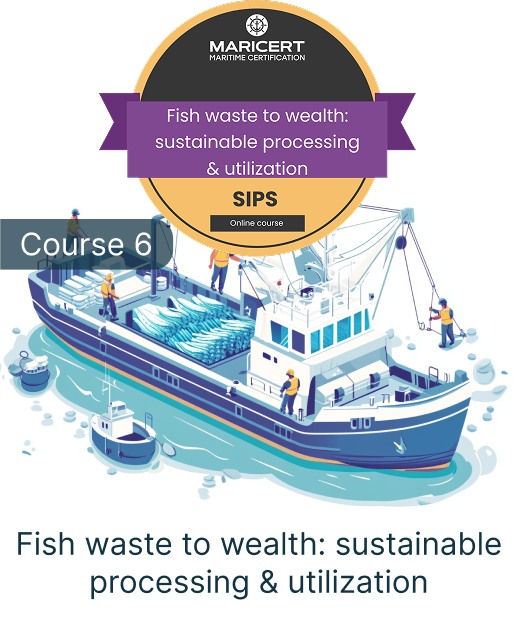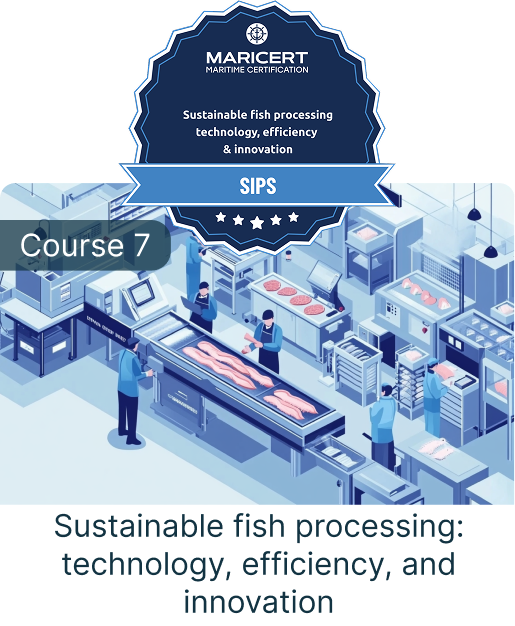Fish fermentation: traditional & modern techniques for safe & sustainable production
LESSONS
- Glossary
- Fish fermentation
- Fermented foods around the world
- Lactic acid fermentation
- Traditional salt and fish fermentation
- Classification of fermented fish
- Fermented fish in Europe
- Fermented fish in Africa
- Fermented fish across cultures
- Fermented fish in India
- Fermented fish in Southeast Asia
- Fermented fish products in Southeast Asia
- Fish sauce as a seasoning and fermented product
- Role of halophilic microorganisms in fish fermentation
- Biogenic amine formation in fermented fish products
- Histamine degradation mechanisms
- References
- Test
- Certificate


Duration
7–9 hours for studying the theoretical material, 2 hours for completing the final test.
Certificate
Upon successful completion of the online course, you will receive a certificate titled:
"Advanced Seafood Processing & Safety: Extending Shelf Life".
lifetime certificate.
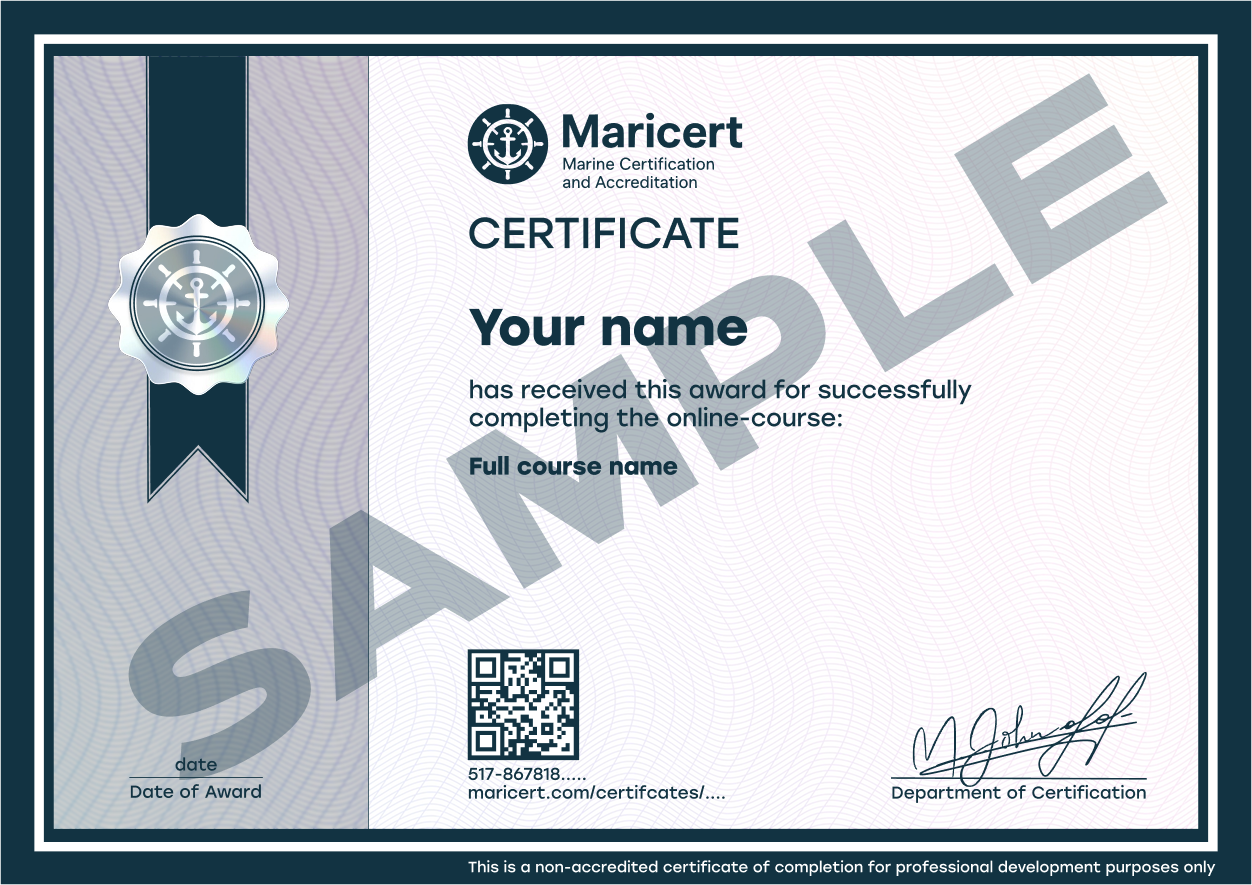

SEAFOOD TECHNOLOGY AND SAFETY PROGRAM
This course is part of the Seafood Seafood Innovation Practices Specialist (SIPS). After completing all SIPS courses and STSP courses, you’ll be eligible to receive the diploma, officially registered in verification database. You can share it on social media or add it to your CV to increase your chances of getting hired in the seafood industry — including сrab and fishing fleets, seafood factories, and etc.
Course description
This course explores the science and traditional practices of fish fermentation, focusing on microbial ecosystems, lactic acid bacteria, and halophilic organisms. You'll examine global fermented fish products—from Asia to Africa and Europe—analyzing their biochemical transformations, preservation techniques, and safety concerns. You'll also learn how salt, carbohydrates, temperature, and microbial cultures influence fermentation outcomes. Special focus is placed on fish sauce production, enzymatic protein breakdown, biogenic amine control, and flavor compound development. The course bridges ancient techniques with modern biotechnological insights, providing a comprehensive view of fish fermentation as a method of food preservation, nutrition enhancement, and cultural heritage. Detailed case studies from Southeast Asia, India, Japan, and Europe demonstrate regional variations and microbial diversity. You'll also gain practical knowledge about fermentation environments, enzymatic activity under salt stress, and starter culture optimization for quality control and safety improvement. By the end of this course, you will understand how fermentation not only preserves fish but transforms it into complex, flavorful, and culturally significant foods.
What you’ll learn
- the biology of lactic acid and halophilic bacteria in fish fermentation
- how salt, rice, and temperature affect fermentation outcomes
- traditional and modern techniques for fermented fish and shrimp products
- global perspectives on fish sauce production and safety standards
- enzymatic pathways and flavor compound formation in fermented fish
Who this course is for
- This course is ideal for food scientists, fermentation professionals, seafood processors, researchers, and culinary innovators interested in fish preservation. It's also suitable for anyone seeking to understand traditional fermentation methods or develop new products rooted in cultural food heritage.
FAQ
First, please check your spam or promotions folder — sometimes emails land there. If you still don’t see anything, contact us at https://maricert.com/contact/ — we’ll check your order and grant access as soon as possible.
You can retake the test as many times as needed. There are no penalties or additional fees.
Yes. All lessons and tests are in written format. You can use Google Chrome with auto-translation or third-party tools. Our goal is to make learning accessible to everyone.
Absolutely. The platform is fully optimised for mobile. You can study from your phone, tablet, or laptop — whichever is most convenient for you.
You get 12 months of access from the date of purchase. You can study at your own pace. If the course isn’t completed within that period, access will be revoked without a refund. Refunds are not available once access is granted, as digital content is considered delivered in full (as per the UK Consumer Contracts Regulations 2013).
Your certificate will be sent to your email and also registered in the Certifier.io verification database. You'll receive a PDF version that you can attach to your CV.
Each certificate includes a unique ID and QR code. Employers can verify authenticity via the Certifier database or directly through the Maricert website.
Yes. We recommend including a direct Certifier.io link in your CV, cover letter, or LinkedIn profile to help build trust with employers.
No. Our courses are open to everyone, including beginners. You don’t need any maritime documents to enrol.
They can be added to your CV when applying for jobs on crabbing vessels, fishing fleets, seafood factories, and maritime logistics companies. They’re especially valuable for those with no prior experience.
Yes. While our certificates don’t guarantee a visa, they can serve as additional proof of qualifications when applying for seasonal or work visas.
We are not a recruitment agency, but our certificates and diplomas can improve your chances when applying directly to employers — especially if you’re new to the industry.
Yes. Maricert is officially registered in the UK Register of Learning Providers (UKPRN: 10098283) and complies with ICO (Information Commissioner's Office) data protection regulations.
Yes. You can purchase a course using another person’s email address or contact support to have access transferred after the purchase.

